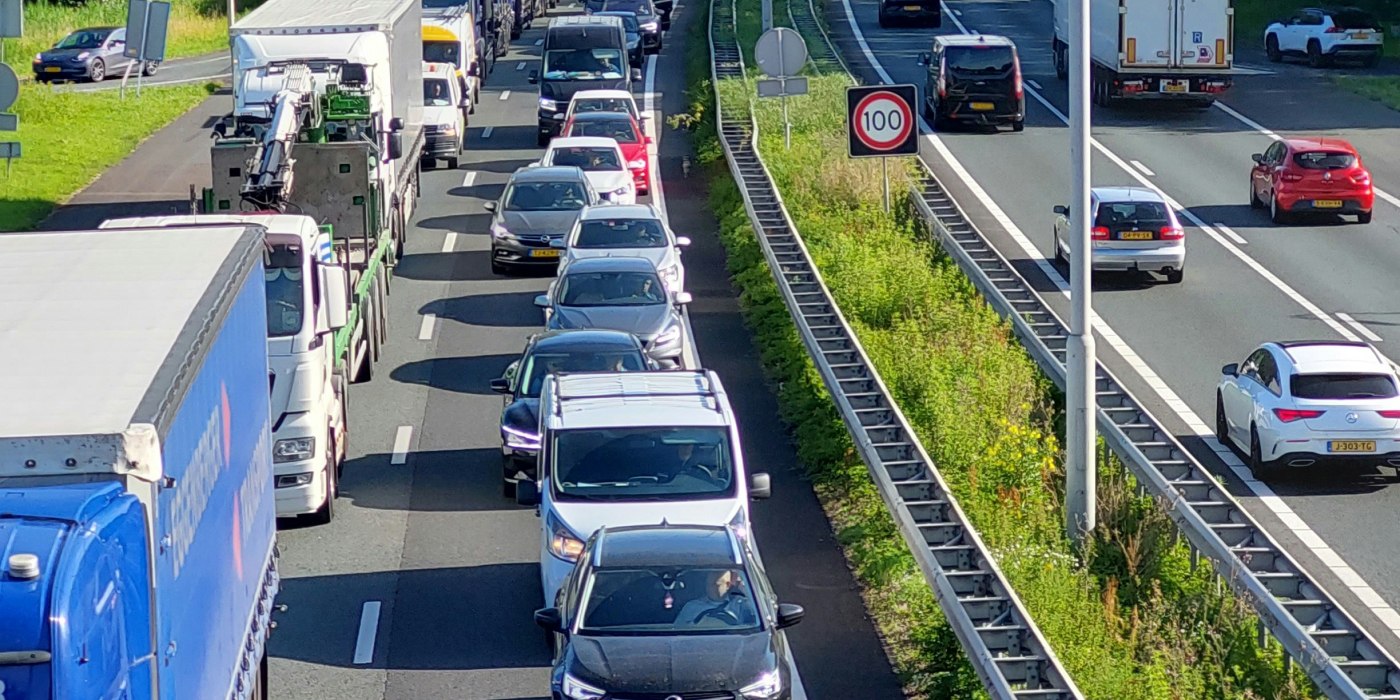The Key to Fewer Delivery Complaints
Whether it’s an online grocery order, a parcel delivery, or a B2B shipment, customers expect not just quality products but also seamless and transparent delivery experiences. Meeting these expectations can be challenging. One of the biggest hurdles is handling delivery complaints, which can range from delayed deliveries to missing packages or unclear tracking information. Most of these complaints are preventable with one powerful approach: proactive communication.
Proactive communication involves reaching out to customers before they reach out to you. Instead of waiting for complaints, concerns or questions, companies anticipate potential issues and provide timely updates, clear information, and reassurances. By keeping customers informed, companies can drastically reduce frustration, build trust, and turn a potentially negative delivery experience into a positive one.
Here’s a look at how proactive communication can minimize delivery complaints.
Automated Updates on Delivery Status
Common pain points for customers include uncertainty and lack of visibility. Not knowing when a package will arrive, whether a delay has occurred, or how to get help quickly can lead to frustration and ultimately, complaints. Showing transparency about the status of their order builds confidence. Sending automated notifications at key stages including order confirmation, dispatch, and delivery completion, keeps customers informed every step of the way. When customers know exactly where their order is, they’re less anxious and less likely to complain. Additionally, if customers are regularly updated, they won’t feel the need to reach out to customer service repeatedly. This reduces the workload on support teams and lowers operational costs.
Early Alerts for Delays
Sometimes, despite best efforts, delays happen. Bad traffic, weather, or vehicle issues can hamper delivery schedules and cause significant delays. Proactively informing customers about any disruptions or anticipated delays can prevent frustration and dissatisfaction. Integrated communication tools enable proactive outreach via SMS, email, or in-app notifications to keep customers informed of delays. This builds trust and allows for proactive issue resolution. In case of unavoidable delays, advanced routing and communication tools enable dispatchers to immediately notify customers, reschedule deliveries or reroute packages, and provide new estimated arrival times to better manage expectations and enhance the customer experience.

Real-Time Tracking
Real-time tracking allows customers to monitor the live location of their delivery, providing continuous, GPS-based updates that give customers an accurate, up-to-the-minute view of their order. Instead of wondering when a package will arrive, customers can see the exact location of their order, improving customer satisfaction. One of the most common support questions is, “Where is my order?” With real-time tracking, customers can answer this themselves. This reduces customer support inquiries and customer service costs.
The last mile is often the trickiest part of the delivery process. Real-time tracking helps ensure customers are prepared to receive the package, reducing missed deliveries and rescheduling hassles. Interactive map interfaces let customers visually follow their delivery. Companies can embed real-time tracking directly into their website, app, and notification system to improve the tracking experience.
Two-Way Communication Channels
Even with proactive updates, there may still be moments when customers have questions or concerns about their delivery. That’s why it’s essential to ensure support is not only available but also easy to find and quick to respond. When customers can reach support services effortlessly, it reduces frustration and prevents minor issues from escalating into big problems. Offering easy and accessible ways for customers to communicate helps resolve questions quickly before they become complaints. Different customers prefer different communication methods.
By offering various communication and support channels, such as chatbot, email, SMS, and phone, delivery teams give customers the freedom to choose what’s most convenient for them. Whether integrated into your website or mobile app, live chat allows customers to get answers instantly, without waiting on hold or navigating complex menus. Chatbots can handle basic inquiries and escalate complex ones to human support. A self-service knowledge base with FAQs, troubleshooting guides, and delivery policies empowers customers to solve issues on their own, saving time and reducing customer service calls.
Proactive communication reduces complaints by keeping customers informed and engaged throughout the delivery process, transforming delivery from a potential pain point into a powerful competitive advantage.
For more information about how our delivery management solution can help you manage your deliveries more efficiently, please contact info@bringoz.com.
